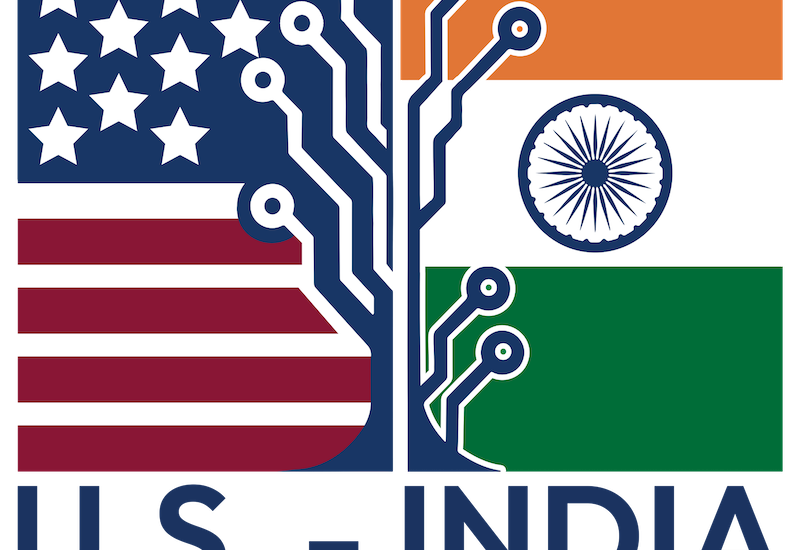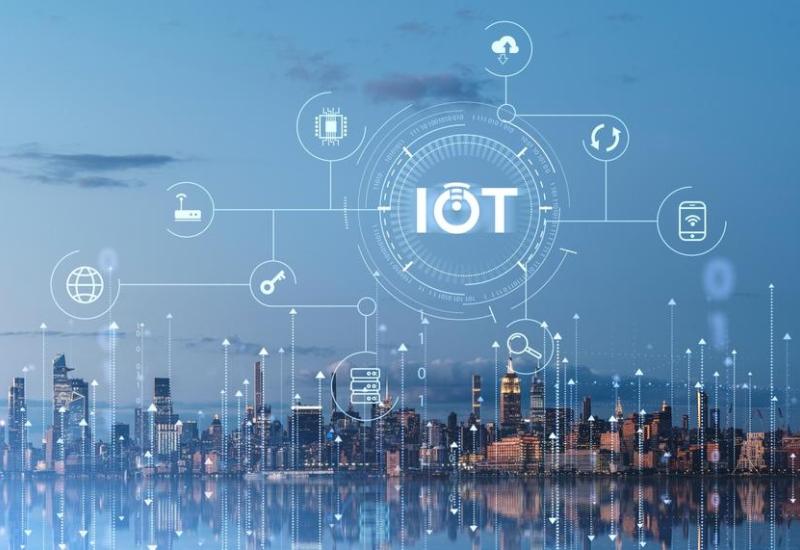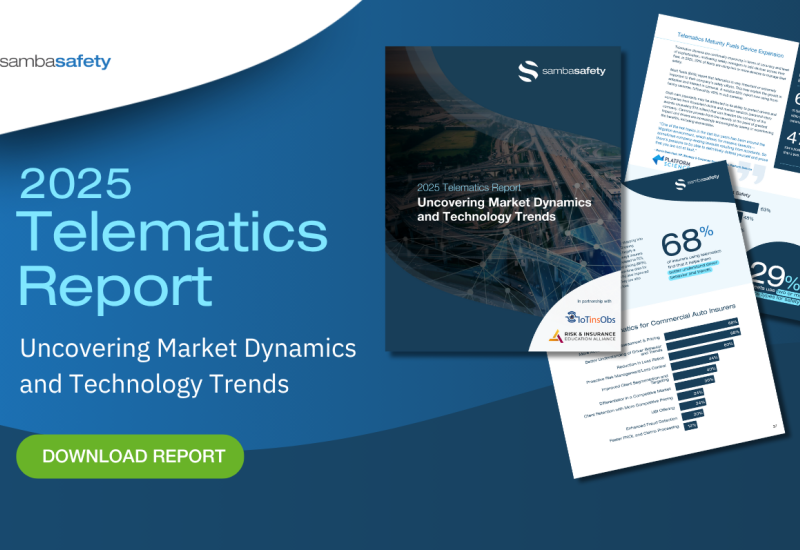Data Science: The Smart Technology You Don't See
(NewsUSA) - Data and analytics touch our lives every day. Sometimes, it is in ways you see, such as when you log on to a video call, pay for your bus ticket or order your latte using your phone. Or view spending trends on your bank account using an app or website. Data analytics are also at work in ways you don't see -- ways that make your life easier, safer, more convenient, and more fun -- especially when it comes to getting where you want to go. Indeed, data analytics are working tirelessly behind the scenes to help you reduce your travel time, make getting from point A to point B easier, manage traffic congestion, and create safer and more accessible ways to use public transit.
- Data and analytics touch our lives every day. Sometimes, it is in ways you see, such as when you log on to a video call, pay for your bus ticket or order your latte using your phone. Or view spending trends on your bank account using an app or website. Data analytics are also at work in ways you don't see -- ways that make your life easier, safer, more convenient, and more fun -- especially when it comes to getting where you want to go. Indeed, data analytics are working tirelessly behind the scenes to help you reduce your travel time, make getting from point A to point B easier, manage traffic congestion, and create safer and more accessible ways to use public transit.
When you're waiting to catch the bus to work, your phone app may tell you whether your ride is on schedule -- and exactly how many minutes until the next buses arrive at your stop. Did you ever wonder how the apps know all this? When you visit a new city, do you use apps to figure out how to get from one landmark to the next -- or your lunch stop along the way? Data analytics and smart apps make all this possible. Similarly, when winter weather hits and roads need to be cleared, data and analytics can help cities send extra drivers to harder hit areas needing to be cleared using real-time data, so you know when your street will be plowed.
And it's not all about logistics. Smart technology helps improve many aspects of your daily life: your job, school, community center, parks, and all kinds of entertainment. Check out these examples of the hidden technology from EastBanc Technologies that facilitates daily tasks and activities -- making your life just a bit easier.
TRANSITiQ: People want to have a clear view of all available travel options and predicted travel time, and cities want to increase accessibility and use of public transit. With TRANSITiQ and the power of data, users can see stations, routes, service alerts and even enable location-based push notifications. Notably, TRANSITiQ technology enables accurate prediction of arrival times to stops along transit routes. And by integrating Bluetooth Beacons, cities can help visually impaired users to safely navigate the transportation system. TRANSITiQ also gathers crucial business intelligence for municipalities, including performance reports and other relevant statistics.
CABiQ: Trying to hail a cab during rush hour, or after that night out, can be really frustrating. But with phone apps and other new smart tools at their disposal, operators and drivers can pinpoint hotspots and easily determine where and when to place their cars -- thus optimizing services and helping passengers find their rides quicker. These tools leverage CABiQ technology to analyze historical and near-real-time data about vehicle locations and ride demand, enabling them to map underserved areas as well as popular destinations and pickup points. CABiQ not only benefits cab drivers and their customers; it also provides crucial information to cities to help them with regulation of local taxi services: A central feature of CABiQ is the ability to gather and report timely and accurate information about every trip to the municipality for analysis and enforcement.
SNOWiQ: Today's unpredictable, and often extreme, winter weather demands a rapid response from busy cities whose residents expect roads to be plowed quickly and efficiently. Simply put, cities need to minimize the impact of inclement weather on daily commutes and doings. We've seen how Uber and Lyft have changed ride sharing. What if it were possible for cities to also be responsive to peak times and use contractors to shore up their fleet? With SNOWiQ, cities can optimize snow removal to reduce truck idling time and save money -- and residents can know which routes have been cleared, which ones are next on the schedule, and when it's safe to travel again.
FoodTruckIQ: Food trucks are all the rage. And for good reason. Many of the morsels concocted by these mobile eateries are innovative and positively delectable. So, when you hanker for your favorite food truck fare, how do you find it when its location moves? An app, of course. Behind the scenes, tech is working hard to help you make it easy to find your next lunch -- whether it's trekking cross-town to devour your favorite burrito or seeing what new trucks are parked by your work today. Tech can even help cities avoid turf wars that can happen over prime locations. How do such food truck apps come to be?
Food truck vendors submit logistical information to data scientists, who analyze the information and then share the processed data with developers who build and manage the apps. FoodTruckIQ is the brains behind your next mobile meal.
So the next time you head out to meet a friend at your favorite food truck, need to hail a cab or jump on a city bus, or need a plow to clear your snow-blanketed street, rest assured that data analytics will help make it happen. Smart technology is already everywhere, making daily life just a little bit more enjoyable.








